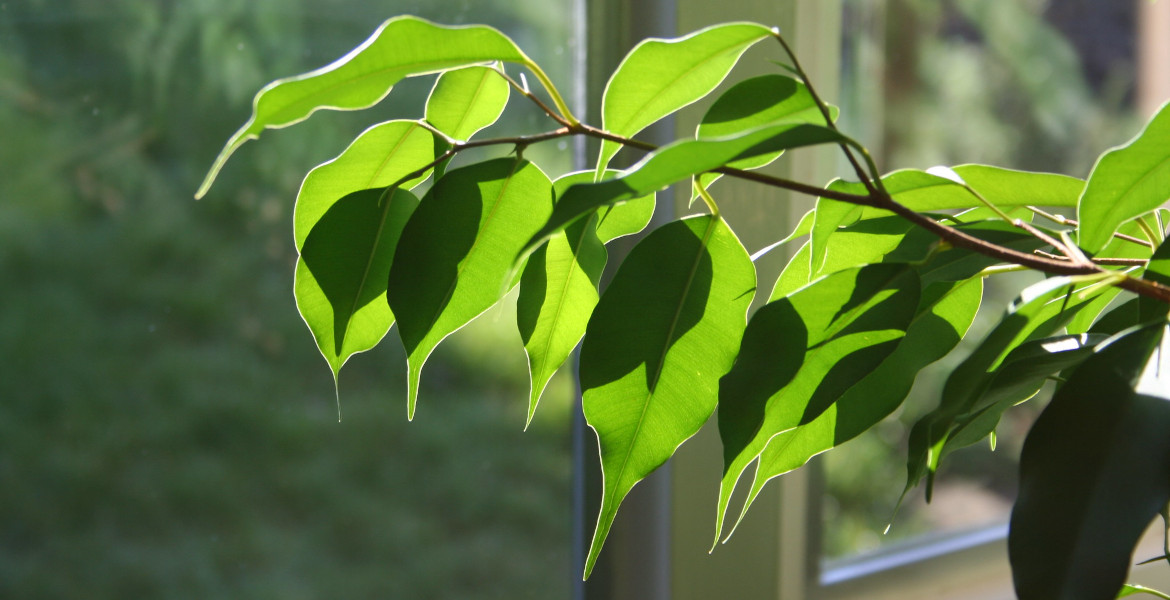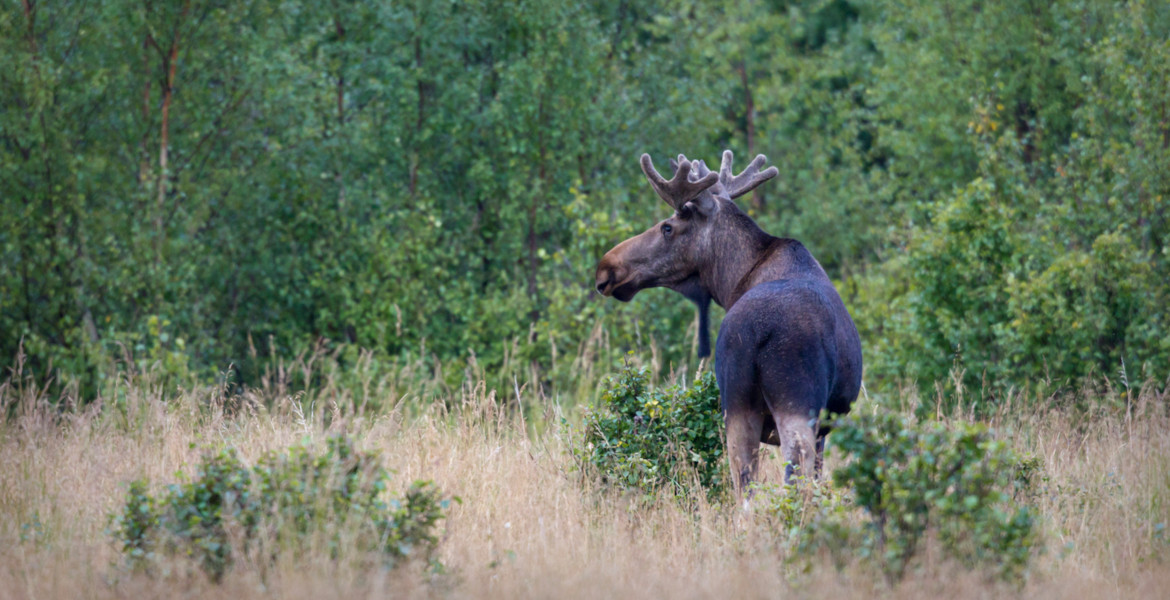By the end of January, several planets will be visible from Earth and at least four will be visible to the naked eye, without the aid of telescopes.
The phenomenon, known colloquially as planetary alignment, occurs when several of the solar system's planets are visible simultaneously in the night sky, usually close to the ecliptic – the path the Sun follows across the sky. The term "planetary alignment" can be misleading because the planets do not line up perfectly, either in the sky or in the solar system as a whole.
The planets become visible because they are on roughly the same side of the Sun and are therefore well-positioned relative to the Earth, allowing them to be seen in the night sky. These events are relatively rare and vary in magnitude depending on the number of visible planets and their brightness.
In January, Mars, Jupiter, Uranus, Venus, Neptune and Saturn will be visible in the night sky, CNET reports. They are estimated to become visible a few days before January 21 and remain visible for about four weeks. The fifth week of the year, during the new moon, is expected to be the best time for observation because of the darker skies.
Seen with the naked eye
Provided there is no interference from artificial light where you are, the planets may become visible as soon as the Sun sets. Venus, Mars, Jupiter and Saturn can be seen with the naked eye from northern Europe, according to Astroinfo. Jupiter and Venus are the easiest to observe, while Saturn can be difficult to spot in poorer visibility conditions. To see Neptune and Uranus, however, a telescope is required, as well as good visibility conditions.
If you want a chance to see all six planets, head out early in the evening, as Venus and Saturn will soon dip below the horizon. However, Mars and Jupiter will be visible for most of the night.
In the first week of March, Mercury will also become visible, which means a new planetary parade with all the planets in the solar system except Earth. March 8 is predicted to be a good day to see Mercury. The planet will be difficult to see, but the best chance is in the southern parts of Sweden. If you are going out with a telescope at this time, you should be careful as some of the planets will be close to the Sun, and as it can damage your eyes, you should be careful where you point the telescope.
However, this planetary parade is short-lived, as Saturn, Neptune and Mercury will be too close to the Sun shortly afterwards and will no longer be visible.
Finding the planets
Locating the planets in the sky can be challenging. Venus and Saturn are low in the southwest, while Jupiter is high in the east-southeast, according to Astrokonsult. Mars is in the east-northeast, Uranus in the constellation Aries and Neptune in Aquarius. Mercury can be seen low above the horizon in the south-east. Tools such as the Stellarium and Star Walk 2 apps can help you navigate the night sky.












